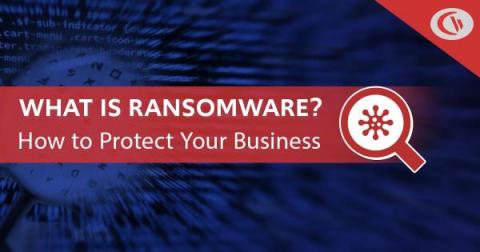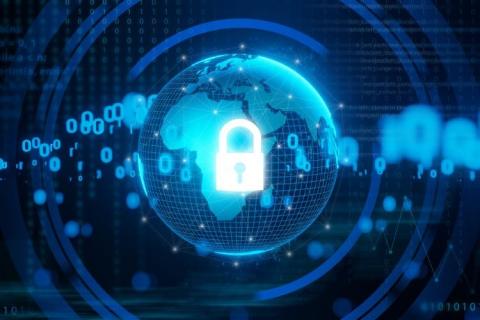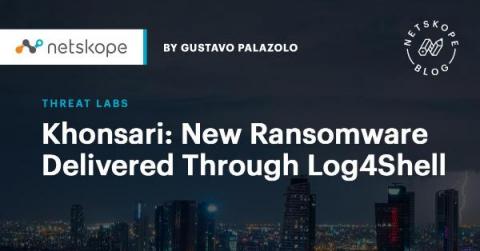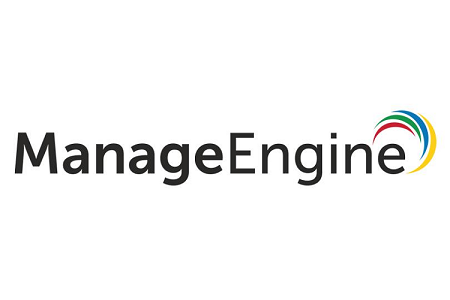Netskope Achieves 100% Threat Detection as Confirmed By SE Labs 2021 On-Demand Malware Detection Certification
Co-authored by Zhi Xu and Matt Allen We are proud to share that Netskope Threat Protection has received the 2021 On-Demand Malware Detection certification from prestigious SE Labs for a third consecutive year. Specifically, Netskope performed 100% threat detection on both known malware samples and unknown malware samples during tests conducted in December 2021, with a 0% false-positive rate.











